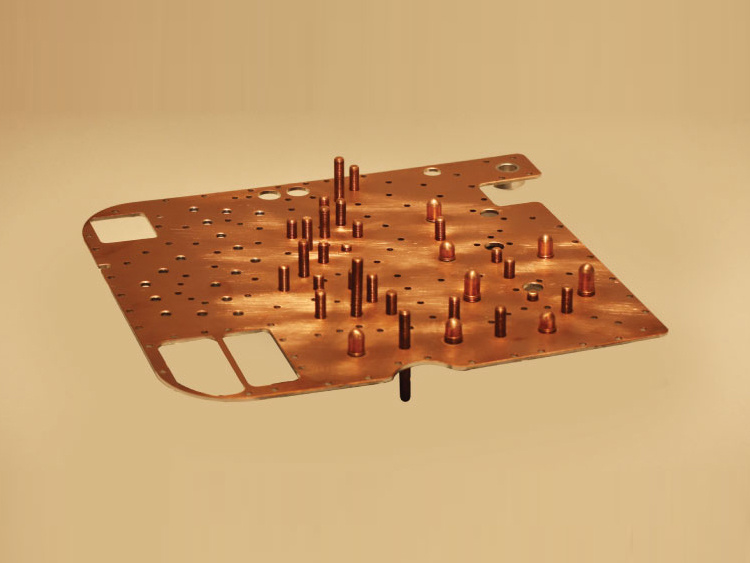The application of copper aluminum composite can be traced back to the 1960s. At that time, some economically developed European and American countries conducted in-depth research on copper aluminum materials, applied the research results to daily production, and formulated conductor standards for the application of this material. Copper clad aluminum is considered the third generation of new conductors in Europe and the United States, following copper and aluminum. Almost every country has relevant industry standards and has entered the practical stage. It is widely used in industries such as automation, metallurgy, high and low voltage electrical appliances, construction, and metallurgy. Next, the editor will introduce the advantages of copper aluminum communication substrates.

The copper aluminum communication substrate is made of copper and aluminum as raw materials, using copper aluminum composite technology. Therefore, copper aluminum communication substrates have the characteristics of corrosion resistance and low cost, and are widely used in industries such as electronics, automobiles, energy, power, petrochemicals, metallurgy, and machinery. As is well known, China is a country with more aluminum and less copper. Due to the problem of overproduction in the aluminum industry and insufficient copper resources, at least 60% of copper raw materials in industrial production rely on imports. In order to solve the problem of insufficient copper resources in industrial production, the use of copper aluminum communication substrates and copper aluminum communication substrates that can replace copper metal has emerged. This is of great significance for alleviating the situation of excessive aluminum and insufficient copper in China and eliminating overcapacity in the aluminum industry. Copper aluminum communication substrates are one of the high-tech energy-saving conductor materials, inheriting the conductivity of copper and the low-density characteristics of aluminum.
The specific advantages of copper aluminum communication substrates are listed below:
1. Good conductivity: Copper aluminum communication substrates with a volume ratio of 15% or 20% have conductivity, and their AC current carrying capacity is 85% of pure copper.
2. Lightweight. The density of copper aluminum communication substrates is only 37% to 40% of that of pure copper bars, and the length (volume) of the same weight is only 2 to 2.5 times that of pure copper bars.
3. Excellent mechanical properties: Good tensile strength, flexibility, and elongation.
4. Promote strong bonding between copper and aluminum. Permanent atomic particle bonding is achieved between two different metal materials at different ambient temperatures, with uniform distribution of copper layers (tin and zinc) and no physical defects.
5. Excellent ductility and reliability: After special heat treatment process, it has a certain degree of plasticity, which helps stamping, shearing, bending, and processing products without cracking or separation. To improve the corrosion resistance of the material, tin and zinc plating can be applied to the copper surface.
6. Better selectivity: saves copper, greatly reduces production auxiliary costs, is environmentally friendly, and pollution-free.
Copper aluminum communication substrates can replace copper and aluminum bars. Widely used in automation, metallurgy, high and low voltage power, construction industry, and metallurgical industry. This product adopts advanced bimetallic composite technology from abroad, with stable quality and reliable performance, and is a high-tech energy-saving product.